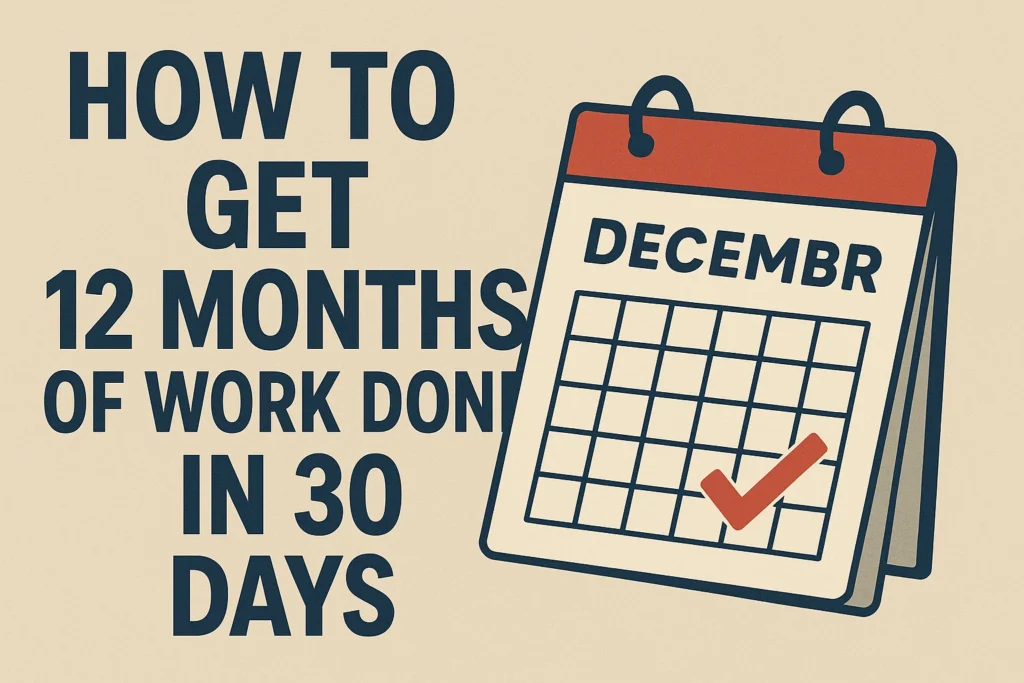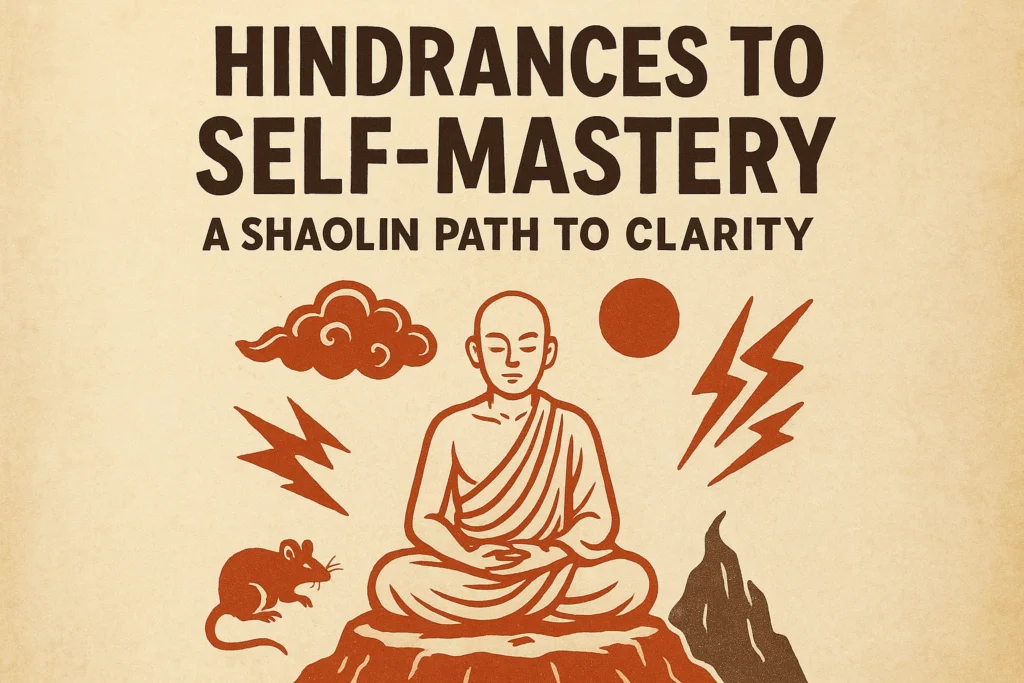Table of Contents
ToggleHow to Build Unshakable Confidence Through Action

Building Unshakeable Confidence Through Action and Evidence
This document summarizes key concepts and actionable insights focusing on the author's unconventional approach to building genuine self-assurance.
Main Areas
The core message revolves around a fundamental redefinition of confidence: confidence is an output of action, not an input. This challenges common self-help tropes and instead emphasizes a practical, evidence-based methodology for cultivating self-belief.
Most Important Ideas & Facts
Confidence is an Output, Not an Input
Core Idea: The traditional belief that you need to "feel ready" or "believe in yourself" before taking action is fundamentally flawed. Confidence doesn't precede action; it results from it.
Author's Experience: The author recounts her early attempts with affirmations ("I am beautiful, I am strong, I am capable, I am confident") which "didn't do jack for how I felt the rest of my day."
Analogy:
"Most people have it backwards confidence is the output not the input... It's like if somebody's like I really just want to be skinny right and so that all they do is just like thinking about being skinny wishing they could be skinny but you're like just get in the gym do the workout eat the food you can't just wish for it you have to work for it."
Action Builds Confidence (Doing It Scared)
Core Idea: Real confidence is built by "doing it scared." Overcoming challenges, even when terrified, provides the evidence your brain needs to believe in your capabilities.
Author's Personal Story (Moving to California): At 21, with "no job, no money, and... no clue what the hell I was doing," the author took action (found a job at 24-hour fitness). Despite feeling "complete impostor syndrome" and being "absolutely terrified for the first 30 days" of her sales job, making her first sale was a pivotal moment.
"It wasn't the fact that everyone was congratulating me it wasn't the fact that I made the money it was the fact of how I felt about myself it was like this vision that I had of my future self just got pulled into reality and every belief I had about myself was broken right then."
Brain's Wiring: "Your brain gathers evidence and evidence is what builds the identity and confidence over time." The brain is wired for survival, not success, and will generate fear to avoid the unknown.
"It would be absurd to think that you would be confident when you've never spoken on stage before... you will become confident once you've done the thing because your brain does it it sees you didn't die and it says 'It's okay you can do it again.'"
Confidence is Like a Muscle – It Requires Consistent Work
Core Idea: Confidence is not a static state; it needs continuous "work" to stay strong.
"I wasn't like forever confident now because just like a muscle that you work out gets weak if you don't put it under pressure so does confidence... Confidence is like a muscle so if you don't work out that muscle it's just going to get weaker and weaker over time."
Track Your Wins (Data, Not Dopamine)
Core Idea: Objectively tracking progress provides concrete evidence that overrides negative self-talk and emotional narratives. This "data" is more effective for building confidence than fleeting "dopamine" hits.
Author's Weight Loss Example: When trying to lose 100 lbs, the author consistently tracked her food and workouts, even on "bad" days. This allowed her to "see progress over time" despite daily fluctuations in mood or performance.
"Confidence comes from data not dopamine and over time what happens is that evidence that you're feeding your brain helps override the emotional narratives that you tell yourself your brain will follow the evidence."
Combating Negativity Bias: Our brains tend to amplify negative experiences. Tracking helps "fight that natural tendency by tracking our wins," revealing more good days than perceived.
Start Small (Tiny Tweaks for Unstoppable Momentum)
Core Idea: If you're struggling to start or stay consistent, you're likely trying to do too much too soon. The fastest way to build confidence is by achieving small, undeniable wins.
Weight Loss Client Example: A friend helping clients lose weight started by asking them to "make their bed and take a picture" for the first week. This built initial confidence and a sense of accomplishment.
Breaking Down Goals: The author breaks down her quarterly business goals into "tiny tweaks" that allow her to "check check check" off accomplishments daily. This creates "a sense of momentum" and reinforces the identity of "the kind of person who keeps their word."
"The fastest way to build confidence is to start with something small so small that you can't lose."
Public Speaking Example: To help team members overcome public speaking fear, the author implements "baby steps, tiny tweaks," starting with speaking for "60 seconds on a huddle" and gradually increasing the challenge. This builds confidence incrementally until they become "rock stars on stage."
Emotion Follows Motion (Tolerate Fear, Don't Eliminate It)
Core Idea: You don't need to conquer fear before acting; fear will subside after you take action. The key is to choose to tolerate discomfort rather than trying to eliminate it.
"Emotion follows motion not the other way around... choosing to tolerate fear and discomfort rather than trying to eliminate it is how I've been able to transform everything."
Fear as a Physiological Response: "Fear is a mile wide and an inch deep." It's a natural brain response ("your brain is working properly"). The mistake is believing you must "get rid of the fear in order to do the thing."
Experience of Fear Dissipating: The author describes how, when stepping on stage terrified, physical symptoms of fear ("mouth dry, palms are sweaty, knees weak") dissipate within minutes once action is taken, "not because I try to get rid of the fear it's because I didn't run away from the situation."
Strategy: Take Fear With You: Instead of trying to meditate or affirm fear away, "I'm going to take the fear I'm going to put it all in my purse and I'm going to take it with me to wherever I go and whatever I do... I'm still going to go do the thing I'm going to have the fear with me it's just like my little friend in my purse."
Ultimate Definition: "I'm not confident because I don't have fear I'm confident because I do things despite the fear."
Key Takeaways for Action
- Stop waiting to feel ready. Start acting, even if you're terrified.
- Embrace discomfort. Fear is a signal that you're growing, not a barrier to stop.
- Track your progress relentlessly. This objective data will build undeniable evidence of your capabilities.
- Break down tasks into "tiny tweaks." Consistent small wins accumulate into significant confidence.
- Understand that confidence is a muscle. It requires ongoing effort and pressure to remain strong.
This briefing highlights that genuine confidence is a result of consistent, intentional action, not mere belief or wishful thinking. By strategically taking "baby steps" and tracking successes, individuals can build a robust internal database of evidence that fundamentally shifts their self-perception and enables them to achieve their goals.
FAQ: Building Unshakeable Confidence
The common misconception is that confidence is an input – something you need to possess before you act. Many people believe they need to "feel ready" or "believe in themselves" through affirmations to become confident. However, the core idea presented is that confidence is actually an output or a result. It's not something you find or manifest internally before taking action; instead, it's generated through action and the consistent keeping of promises to oneself.
Real confidence develops from action, especially doing things even when you're scared or don't feel like it. The source emphasizes that "your mood follows the plan," meaning that taking consistent steps, particularly when facing discomfort, is the input that leads to confidence as an output. It's about "putting in the reps" and accumulating evidence of your capabilities through experience. This process allows your brain to gather proof that you are capable, thereby building a stronger, more confident identity over time.
Affirmations and positive self-talk, while well-intentioned, are often ineffective because they focus on the "feeling ready" aspect (input) rather than the "doing it" aspect (action leading to output). Simply repeating "I am confident" doesn't change your internal state or provide your brain with the necessary evidence of competence. Confidence is built on tangible experiences and a history of overcoming challenges, not just wishing or affirming a certain state.
Tracking your wins is crucial because confidence comes from data, not just dopamine or fleeting feelings. Our brains tend to amplify negative experiences and downplay positive ones. By consistently tracking progress, even small steps, you provide your brain with objective evidence of your achievements. This data overrides negative emotional narratives and helps your brain believe in your progress, even when your mood might not reflect it. It allows you to see the overall upward trajectory of your efforts, solidifying the belief in your capabilities.
To overcome initial fear, the key is to understand that emotion follows motion, not the other way around. Your brain is wired for survival, not success, so it will naturally generate fear when encountering new or challenging situations. The strategy is not to eliminate fear but to tolerate it and carry it with you as you take action. The fear will be strongest before the breakthrough, but it dissipates once you step into the situation and your brain registers that you didn't die or that the outcome wasn't as catastrophic as predicted. It's about doing things despite the fear, rather than waiting for the fear to disappear.
Starting with "tiny tweaks" or "baby steps" is the fastest way to build confidence because it makes the initial action so small that you "can't lose." Overly ambitious goals can lead to overwhelm, failure, and self-recrimination, diminishing confidence. By breaking down goals into extremely manageable steps, you create a consistent stream of small wins. Each completed tiny task builds momentum and provides your brain with evidence that you are the kind of person who keeps promises and achieves goals, fostering a positive self-narrative and preparing you for larger challenges.
The brain's natural wiring is primarily for survival, not success. This means it will generate fear and discomfort when faced with unfamiliar or challenging situations, as a protective mechanism to avoid potential harm. It predicts what's likely to happen based on past experience; if you haven't done something before, your brain's default is "I don't know what could happen, so be scared to avoid it." This explains why we often lack confidence before doing something new – our brain hasn't yet gathered the evidence that it's safe or achievable. Confidence is then built when the brain observes you doing the thing and realizing you didn't die, thereby updating its assessment.
The ultimate outcome of consistently applying these principles is the development of unshakable confidence, where it becomes "unreasonable not to be confident." By continuously taking action despite fear, tracking small wins, breaking down tasks, and allowing emotion to follow motion, you accumulate so much evidence of your capabilities that your identity shifts. You transform into someone who keeps their word, achieves goals, and confronts challenges, becoming confident not because fear is absent, but because you habitually act in spite of it. This built confidence then serves as a foundation for achieving anything you desire in life.


